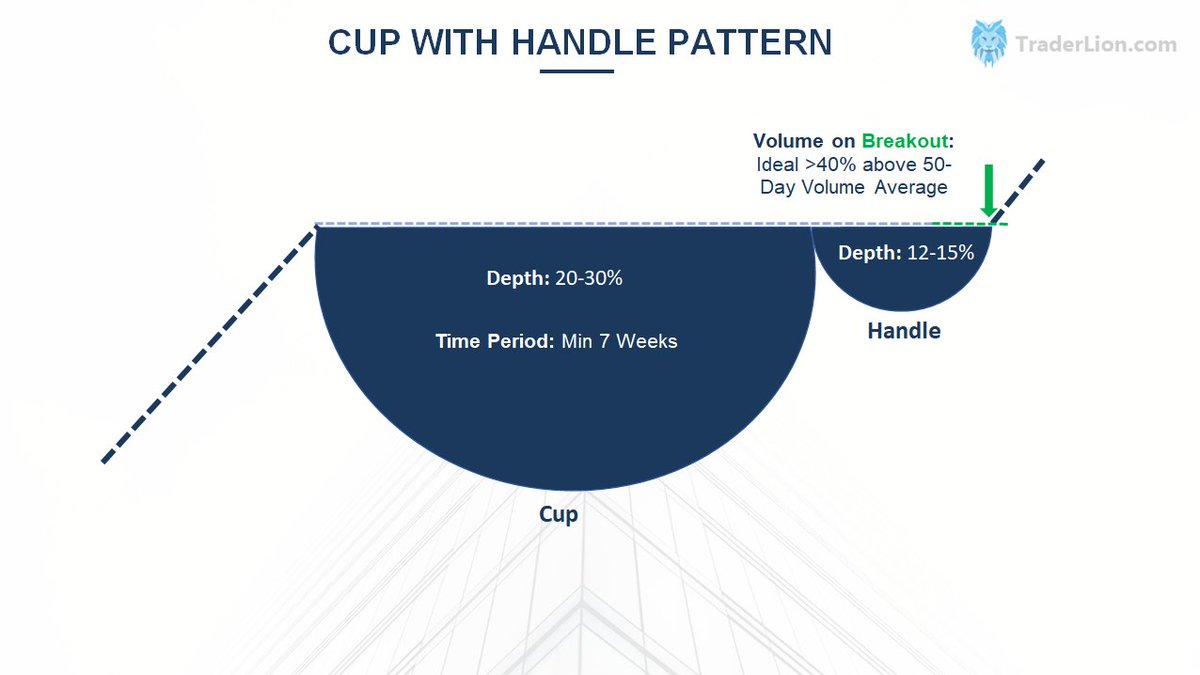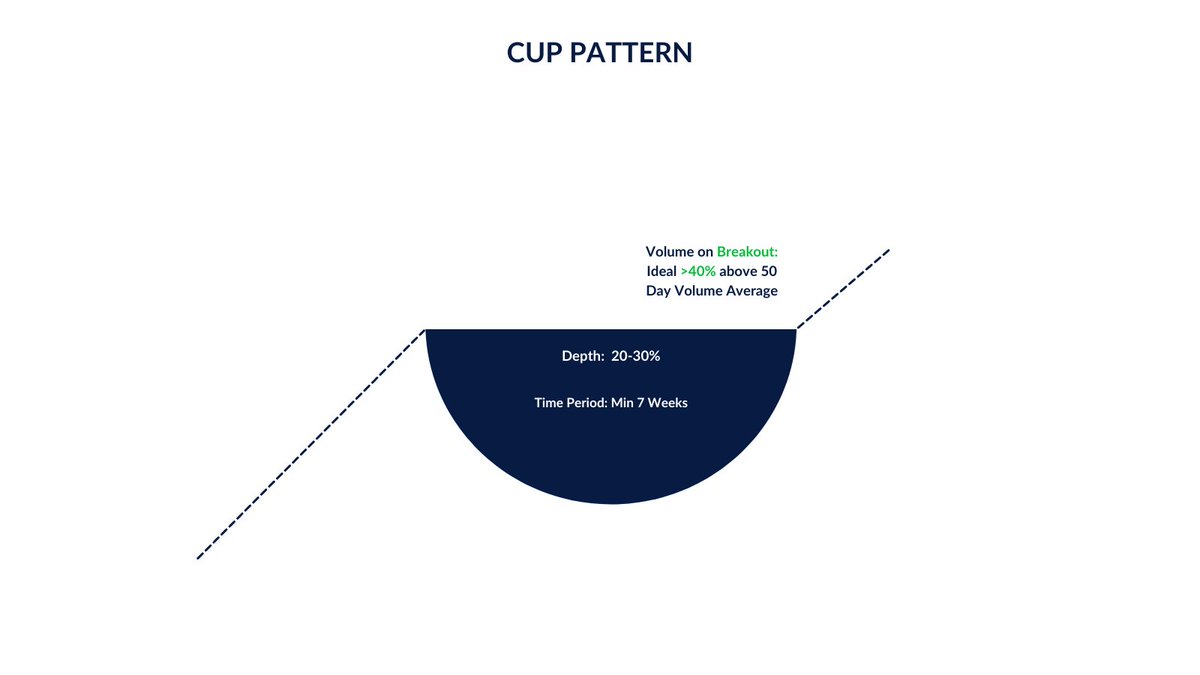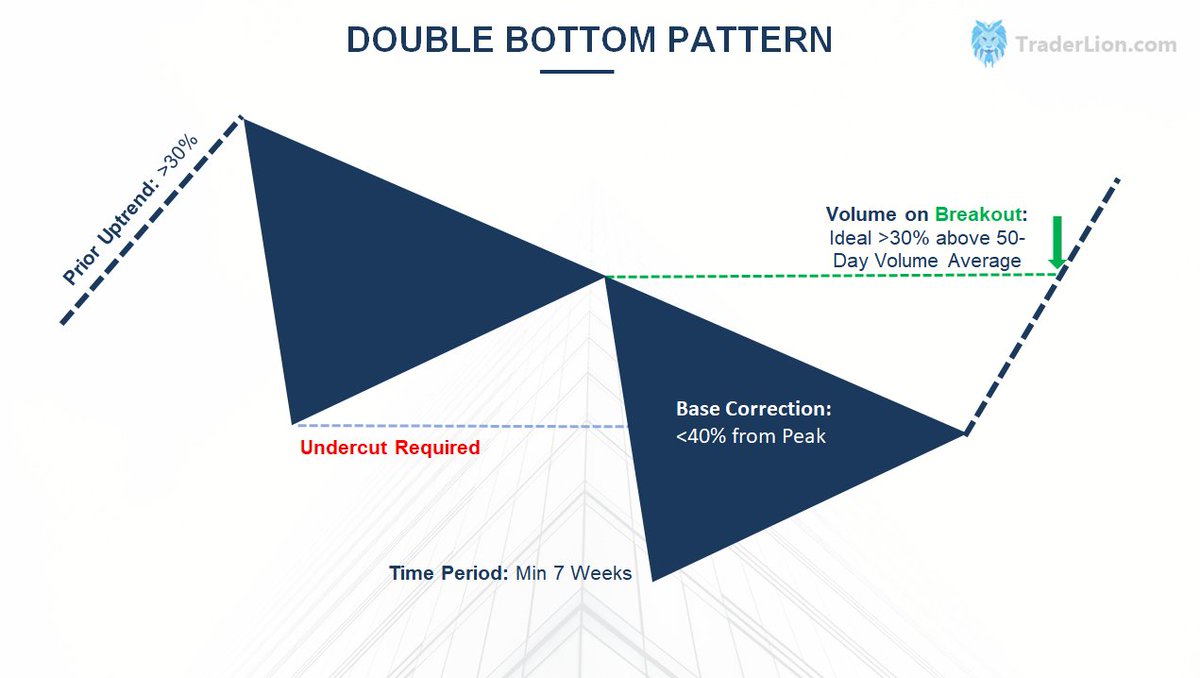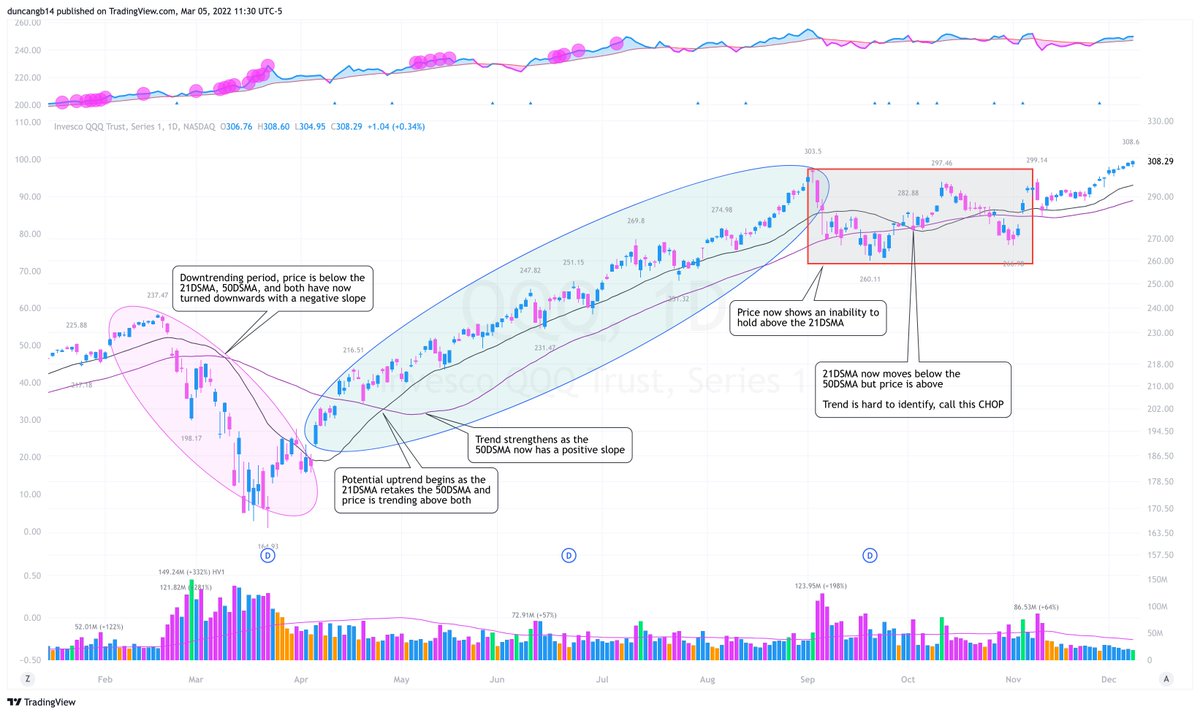This has as much to do with our psychological build-up as it does with the society we live in.
What to do if you are not trading well. (Thread)
This has as much to do with our psychological build-up as it does with the society we live in.
What to do if you are not trading well.
How to stop the drawdowns when no progress is being made.
How to have a systematic process that protects you from yourself.
We all want the market to reward us for our hard work, the effort, and time we put into it.
We want input to equal output.
Trading is about consistency, persistence, and hard work without the certainty of any reward.
What they buy, How much they buy, When they sell and accept the uncertainty + small losses as the cost of doing business.
A few keys on what to do if you are not trading well.
For instance a 3 Strike Rule: When you have 3 losing trades in a row and you must sit out 1 day before trying another trade.
Developing rules like this can be beneficial especially if you have tendencies to self-sabotage.
Equity Curve’s provide powerful information and feedback about how you are trading in current market conditions.
Stepping back includes reducing size, taking days off and coming back fresh with high mental capital, analyzing your trades, and making a determination on if the market environment has changed.
New traders often increase size and revenge trade trying to make back what they lost quickly.
This is NEVER the optimal solution.
A simple rule at @TraderLion_ is “only add exposure if progress is being made”.
Unfortunately, most people will need to make this mistake themselves before it clicks!
When your past few trades have not gone well you want to become more selective, not less selective.
You should focus on top-tier names + setups and focus on proper execution + risk management.
Look back on your recent trades objectively. Ask yourself if they were proper setups? Did you size your position properly? Did you manage risk?
Make changes accordingly.
If the market is and always will be open, traders and investors alike should seek to take some time off. Time off to recoup. Time off to build up energy again to see the markets with a fresh pair of eyes.
As Jesse Livermore said “There is a time to go long. There is a time to go short. And there is a time to go fishing”
Read 10 Ways to Train your Brain: https://t.co/VhuF8lt8QC
Social media is noisy on a day-to-day basis. Everyone is compounding 5% a day and their stocks are up even on the worst red market days.
What matters is you, your portfolio, and the market.
Focus on yourself, your own mindset, and recent performance.
It's important to remember that if you see leading stocks with failed breakouts and many of your setups not working out, it is often a sign of the market conditions being poor for your style of trading.
You want all the probabilities to be in your favor and a strong market is a large component of that.
More from TraderLion
More from Traderlion
Last week I sent out this poll asking if people have a written
Do you have a written Trading/Investing Plan?
— Richard Moglen \U0001f4fd\ufe0f\U0001f981\U0001f6a2 (@RichardMoglen) March 7, 2021
Over 60% of people said they did not have one.
It's now one of my main goals to get as many people as possible to commit to writing their own rules which codify their goals and methods.
I strongly believe that writing down your strategy especially if you are a new trader/investor will lead to improved and more consistent performance in the stock market.
Trading the markets is a tough business, money is on the line and emotions can run high.
Preparing ahead of time is essential so that in the moment you are just executing your plan.
This is the best way to stay in the game for the long haul

You May Also Like
It was Ved Vyas who edited the eighteen thousand shlokas of Bhagwat. This book destroys all your sins. It has twelve parts which are like kalpvraksh.
In the first skandh, the importance of Vedvyas

and characters of Pandavas are described by the dialogues between Suutji and Shaunakji. Then there is the story of Parikshit.
Next there is a Brahm Narad dialogue describing the avtaar of Bhagwan. Then the characteristics of Puraan are mentioned.
It also discusses the evolution of universe.( https://t.co/2aK1AZSC79 )
Next is the portrayal of Vidur and his dialogue with Maitreyji. Then there is a mention of Creation of universe by Brahma and the preachings of Sankhya by Kapil Muni.
HOW LIFE EVOLVED IN THIS UNIVERSE AS PER OUR SCRIPTURES.
— Anshul Pandey (@Anshulspiritual) August 29, 2020
Well maximum of Living being are the Vansaj of Rishi Kashyap. I have tried to give stories from different-different Puran. So lets start.... pic.twitter.com/MrrTS4xORk
In the next section we find the portrayal of Sati, Dhruv, Pruthu, and the story of ancient King, Bahirshi.
In the next section we find the character of King Priyavrat and his sons, different types of loks in this universe, and description of Narak. ( https://t.co/gmDTkLktKS )
Thread on NARK(HELL) / \u0928\u0930\u094d\u0915
— Anshul Pandey (@Anshulspiritual) August 11, 2020
Well today i will take you to a journey where nobody wants to go i.e Nark. Hence beware of doing Adharma/Evil things. There are various mentions in Puranas about Nark, But my Thread is only as per Bhagwat puran(SS attached in below Thread)
1/8 pic.twitter.com/raHYWtB53Q
In the sixth part we find the portrayal of Ajaamil ( https://t.co/LdVSSNspa2 ), Daksh and the birth of Marudgans( https://t.co/tecNidVckj )
In the seventh section we find the story of Prahlad and the description of Varnashram dharma. This section is based on karma vaasna.
#THREAD
— Anshul Pandey (@Anshulspiritual) August 12, 2020
WHY PARENTS CHOOSE RELIGIOUS OR PARAMATMA'S NAMES FOR THEIR CHILDREN AND WHICH ARE THE EASIEST WAY TO WASH AWAY YOUR SINS.
Yesterday I had described the types of Naraka's and the Sin or Adharma for a person to be there.
1/8 pic.twitter.com/XjPB2hfnUC


















